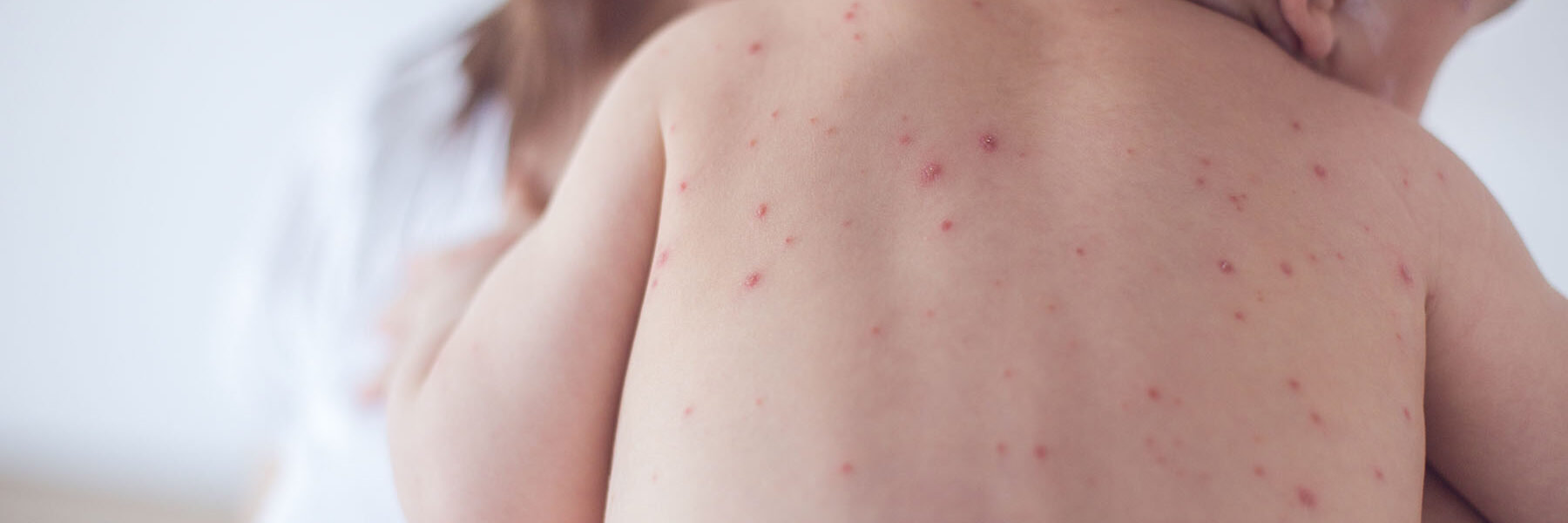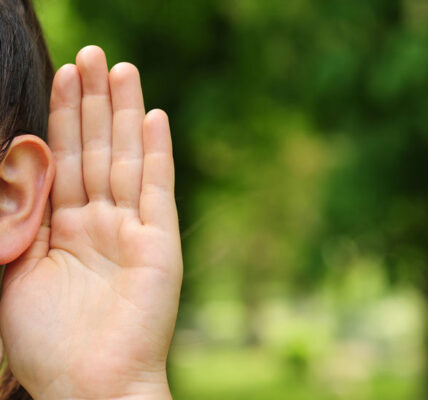Children’s rash can be a common occurrence, especially during childhood. While many rashes are harmless and resolve on their own, some rashes can be contagious and require medical attention. As a parent, it’s important to know how to identify and manage contagious rashes in children. In this article, we’ll explore some tips for identifying and managing contagious rashes in children.
Identifying Contagious Rashes
There are several types of contagious rashes that can affect children. Here are some of the most common contagious rashes and how to identify them:
- Chickenpox: Chickenpox is a highly contagious viral infection that causes a rash of itchy, fluid-filled blisters. The rash typically starts on the face, scalp, and trunk, and then spreads to other parts of the body.
- Measles: Measles is a highly contagious viral infection that causes a rash of small, red spots. The rash typically starts on the face and then spreads to the rest of the body.
- Hand, foot, and mouth disease (HFMD): HFMD is a viral infection that causes a rash of small, red blisters on the hands, feet, and in the mouth.
- Impetigo: Impetigo is a bacterial infection that causes a rash of red sores that can break open and ooze fluid. The rash typically appears on the face, arms, and legs.
Managing Contagious Rashes
If your child has a contagious rash, it’s important to take steps to manage the rash and prevent the spread of infection. Here are some tips for managing contagious rashes in children:
- Consult with a doctor: If you suspect that your child has a contagious rash, consult with a doctor. The doctor can diagnose the rash and recommend appropriate treatment.
- Keep your child home: If your child has a contagious rash, keep them home from school or daycare until the rash has cleared up. This can help prevent the spread of infection to other children.
- Practice good hygiene: Encourage your child to practice good hygiene, such as washing their hands regularly and avoiding close contact with others. This can help prevent the spread of infection.
- Provide supportive care: Depending on the type of rash, your child may require supportive care, such as pain relief or itch relief. Consult with a doctor for appropriate treatment.
- Use medications as directed: If your child requires medication to manage their rash, such as antiviral or antibiotic medication, ensure that you use the medication as directed by the doctor. Follow the dosage instructions carefully and complete the full course of treatment.
- Keep the rash clean and dry: If your child has a rash that is oozing fluid, keep the rash clean and dry to prevent infection. Use a clean, damp cloth to gently clean the rash, and then pat it dry with a clean towel.
- Avoid scratching: Encourage your child to avoid scratching the rash, as this can cause further irritation and increase the risk of infection. Use itch relief products, such as calamine lotion or oatmeal baths, to help relieve itching.
Prevention
While it’s not always possible to prevent contagious rashes in children, there are some steps that parents can take to reduce the risk. Here are some tips for preventing contagious rashes in children:
- Ensure vaccinations are up-to-date: Vaccinations can help prevent many contagious rashes, such as chickenpox and measles. Ensure that your child’s vaccinations are up-to-date according to their age.
- Practice good hygiene: Encourage your child to practice good hygiene, such as washing their hands regularly and avoiding close contact with others who are sick.
- Avoid sharing personal items: Encourage your child to avoid sharing personal items, such as towels, utensils, or cups, with others.
- Keep your child’s environment clean: Ensure that your child’s environment, such as their bedroom and play areas, are kept clean and hygienic. Use a disinfectant to clean surfaces and toys that are frequently touched.
When to Seek Medical Attention
In most cases, contagious rashes in children can be managed with appropriate treatment and supportive care. However, there are some situations where medical attention may be necessary. Here are some signs that you should seek medical attention for your child:
- The rash is spreading rapidly
- Your child has a high fever
- Your child is experiencing severe pain or discomfort
- The rash is oozing pus or fluid
- Your child is experiencing difficulty breathing or swallowing
Conclusion
Identifying and managing contagious rashes in children is an important responsibility for parents. By knowing how to identify contagious rashes and taking steps to manage the rash and prevent the spread of infection, parents can help keep their children healthy and comfortable. With these tips, parents can feel empowered to identify and manage contagious rashes in their children, and seek medical attention when necessary.
Remember to practice good hygiene, keep your child’s environment clean, and ensure that your child’s vaccinations are up-to-date to prevent the spread of infection. If you suspect that your child has a contagious rash, consult with a doctor for appropriate diagnosis and treatment. With these steps, parents can help prevent the spread of contagious rashes and keep their children healthy and happy.











